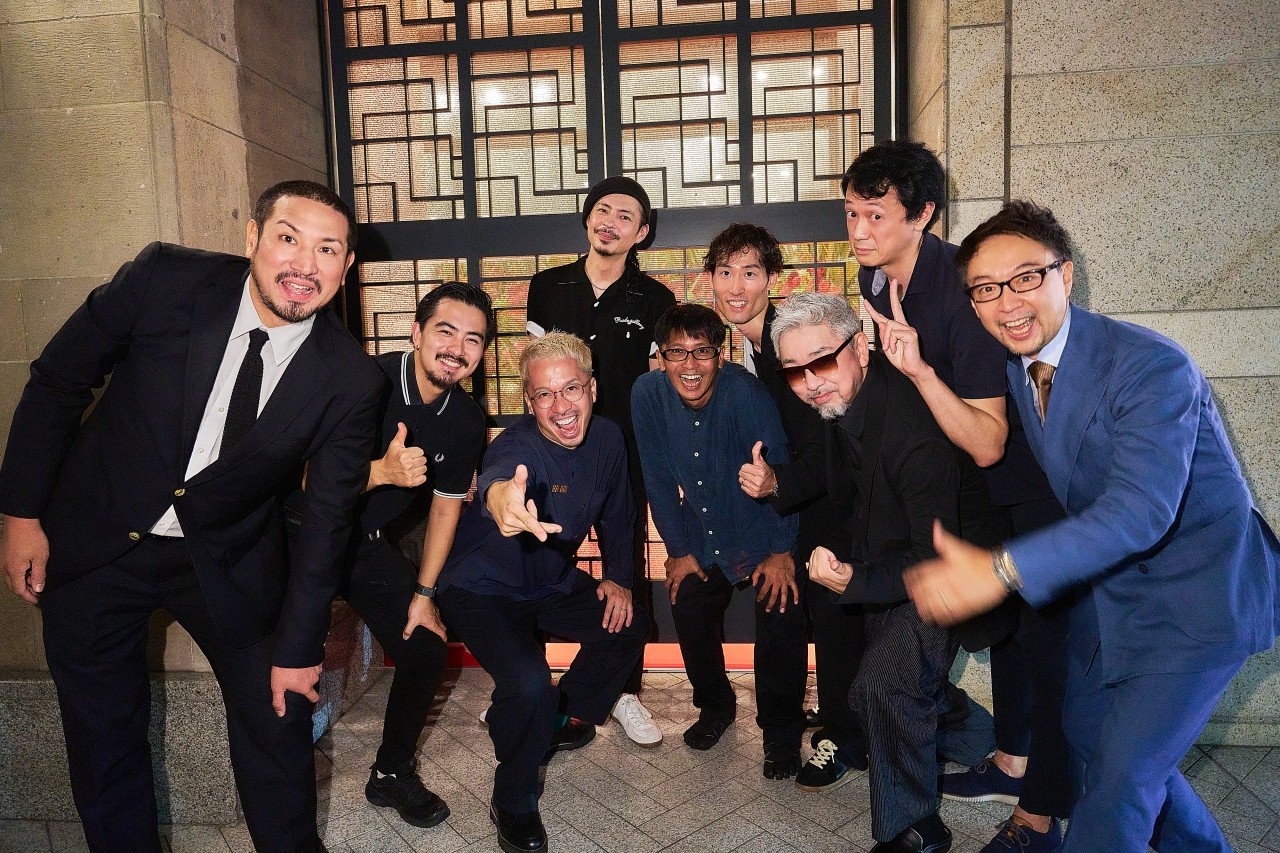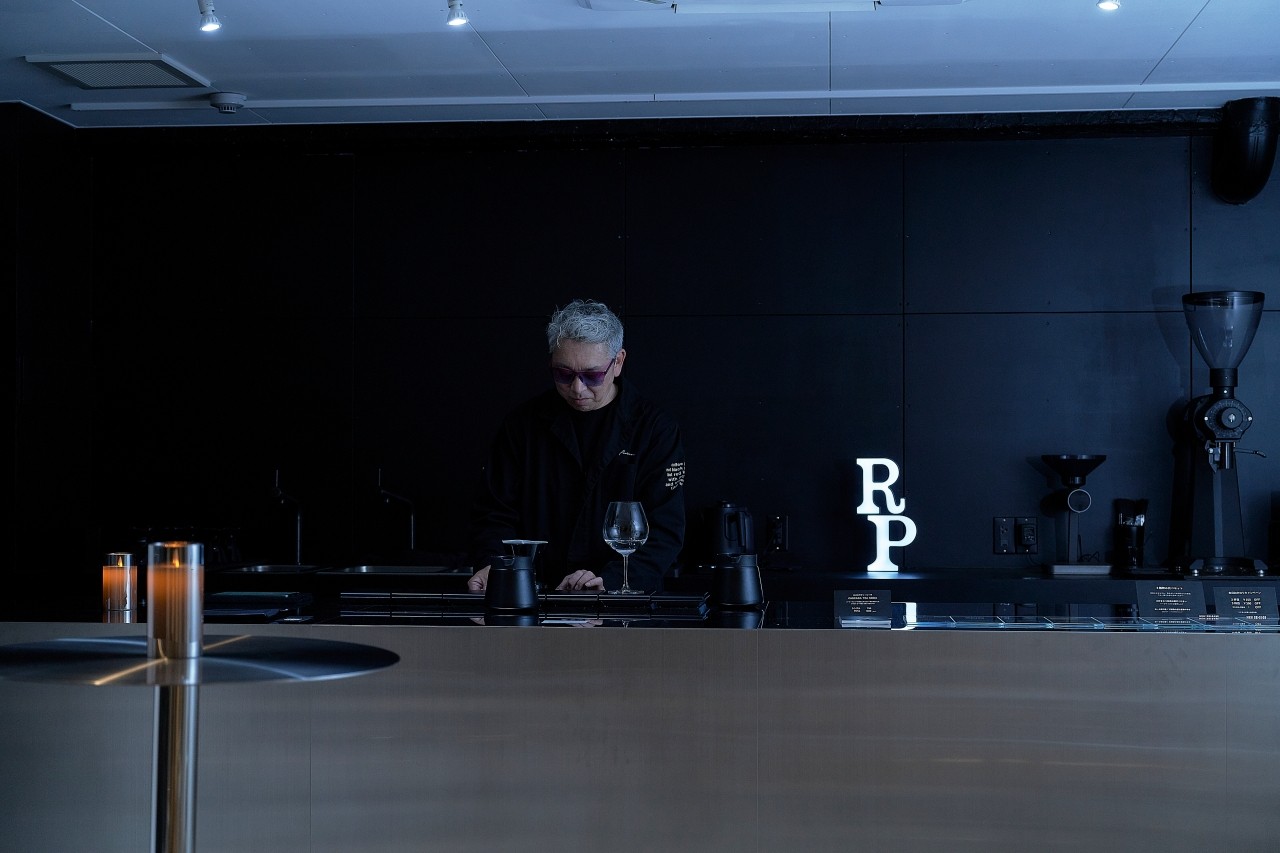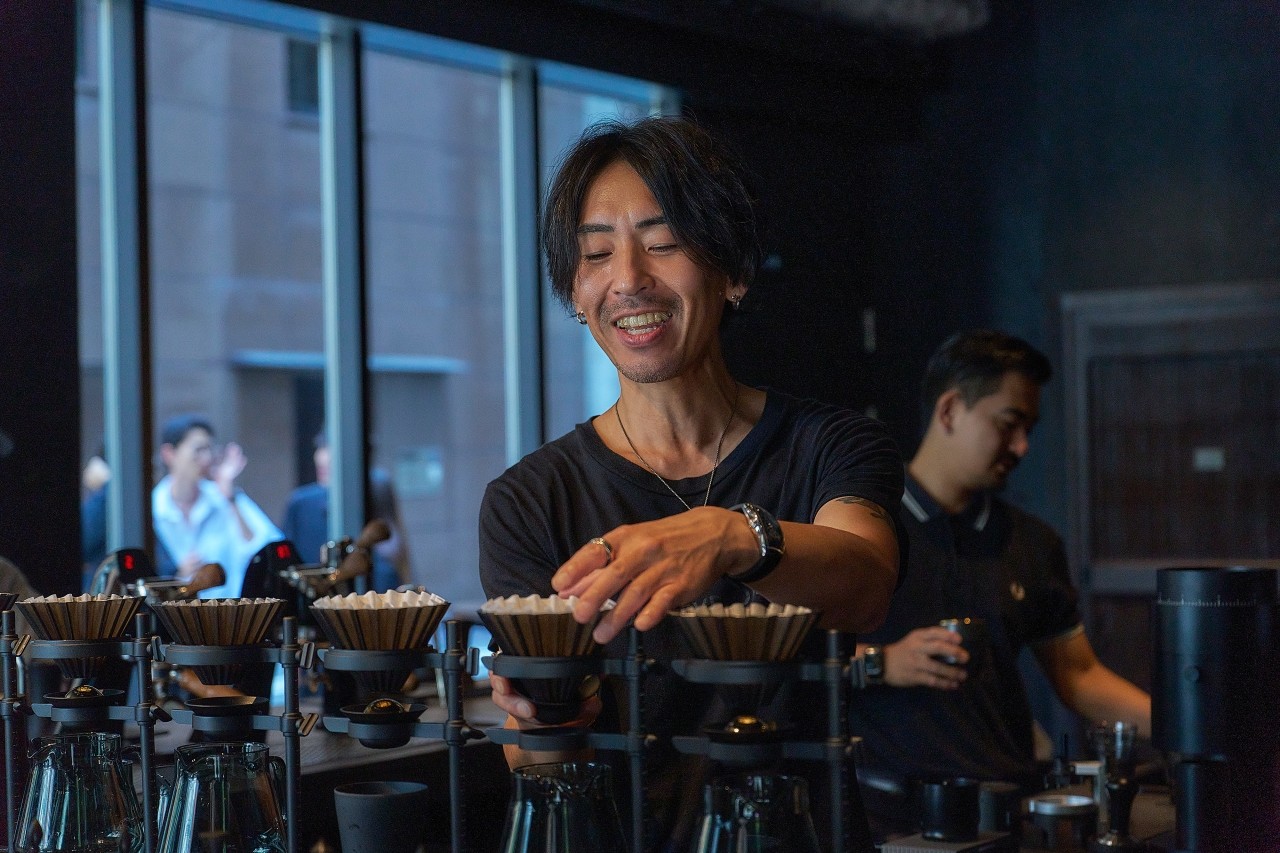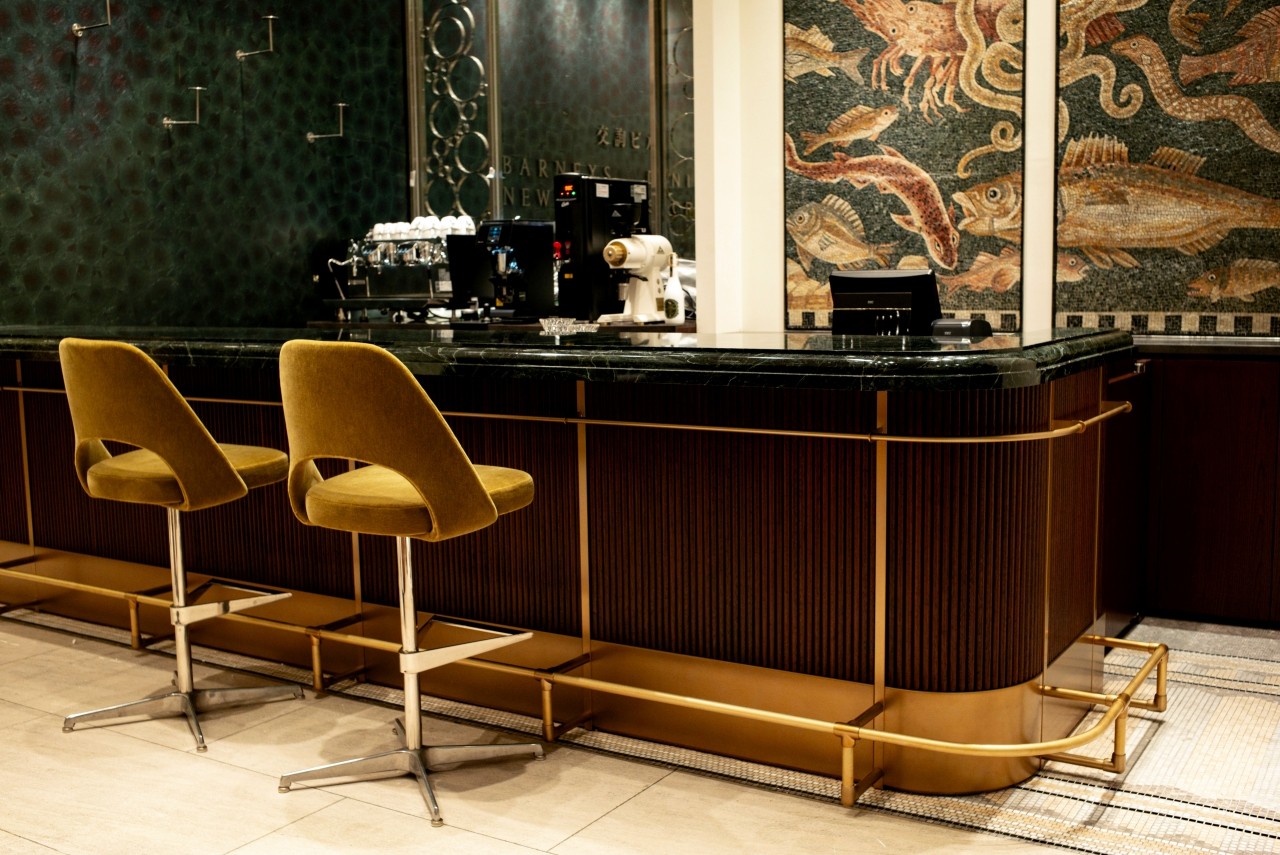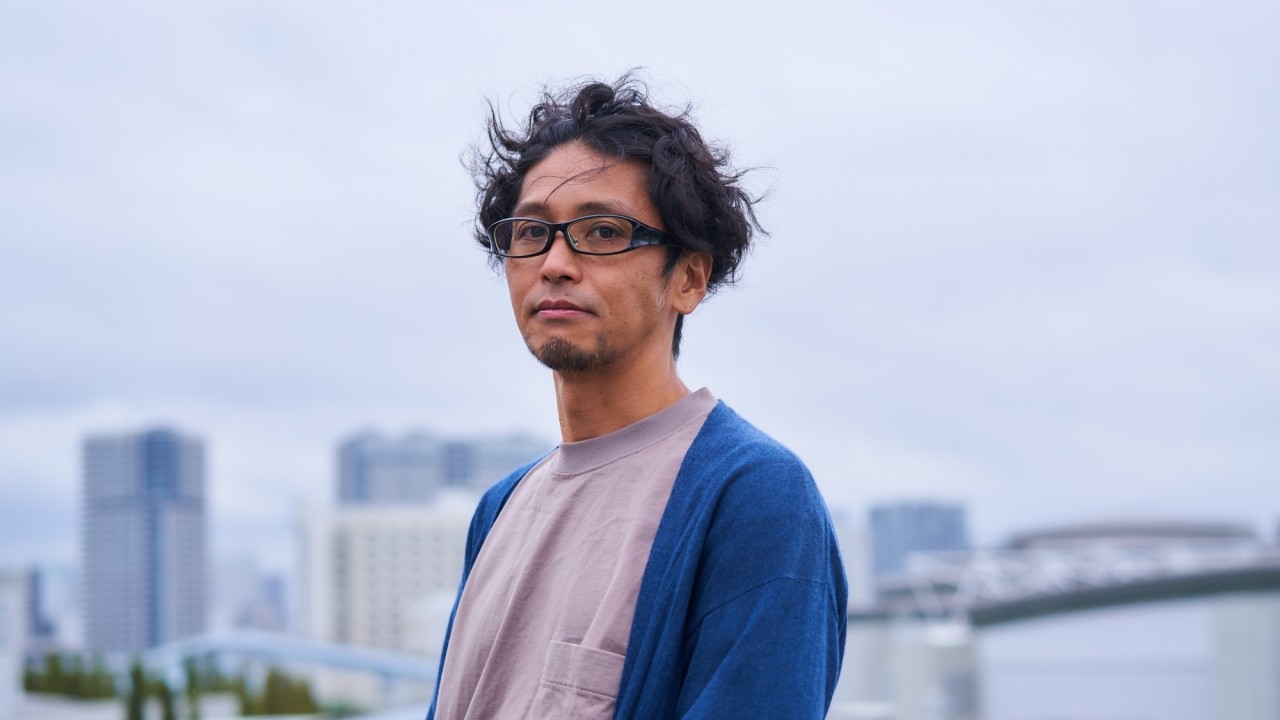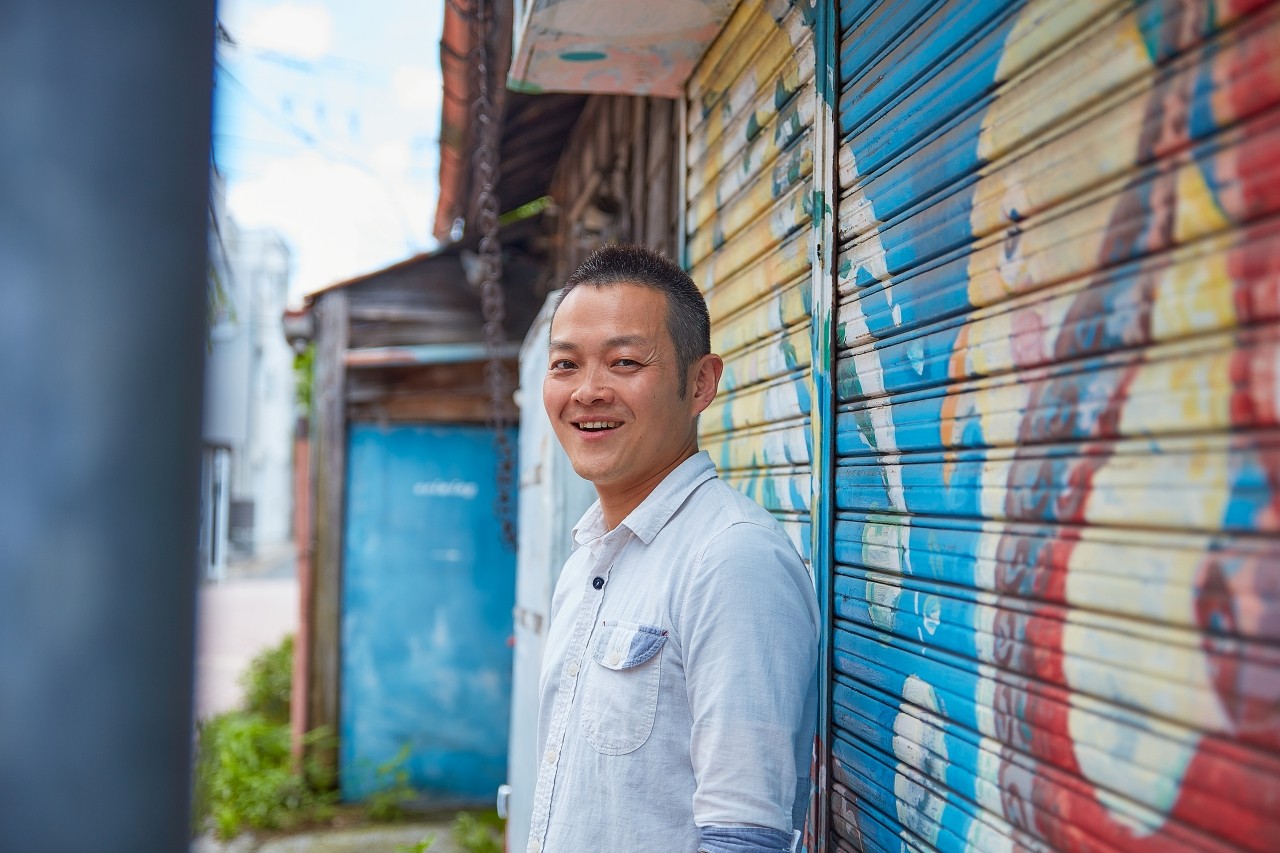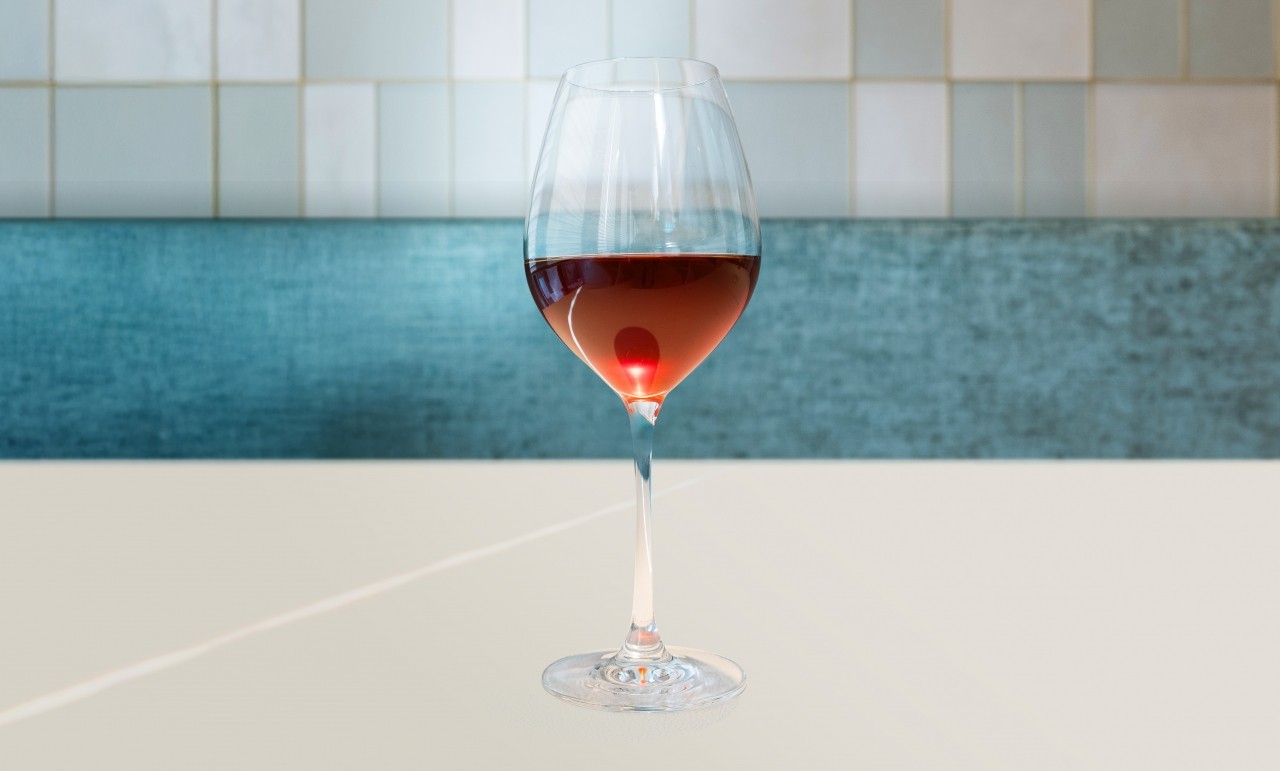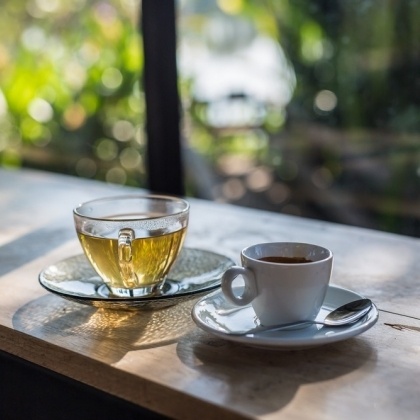What is Hawaii's famous "Kona coffee"? Introduction to coffee producing regions around the world

View of the ocean from Kona's coffee plantation hills
Kona coffee is a coffee grown in the Kona area on the west side of Hawaii's largest island, the Big Island.
This brand is known for its mellow sourness and sweetness, and is very popular in Japan.
Furthermore, it is known as an expensive coffee because it is very high quality and popular, the production is small, and the labor and land costs are high in the United States.
In Hawaii, coffee is grown in places other than Kona, but Kona is said to boast the highest quality in Hawaii.
This is due to the characteristics of the land and climate that are suitable for coffee cultivation.
Kona coffee production area

Coffee trees are grown at the base of Mt. Falalai and Mt. Mauna Loa in the North and South Kona regions. The porous, mineral-rich volcanic soil is an excellent growing environment. In addition, it has created an ideal environment for coffee cultivation, with moderate temperatures, temperature differences between day and night, and just the right amount of rainfall.
Although the altitude is between 300 and 800 meters, which is low for a coffee growing area, this environment allows for the cultivation of high quality coffee.

Coffee trees bloom white flowers from February to March. It is called "Kona Snow" because it looks as if snow has fallen all over the farm. The flower life is short and only blooms for 2-3 days. After that, green fruits begin to form, and from late August onwards, coffee cherries that Shin red are harvested. The harvest period is approximately 6 months from September to February of the following year.
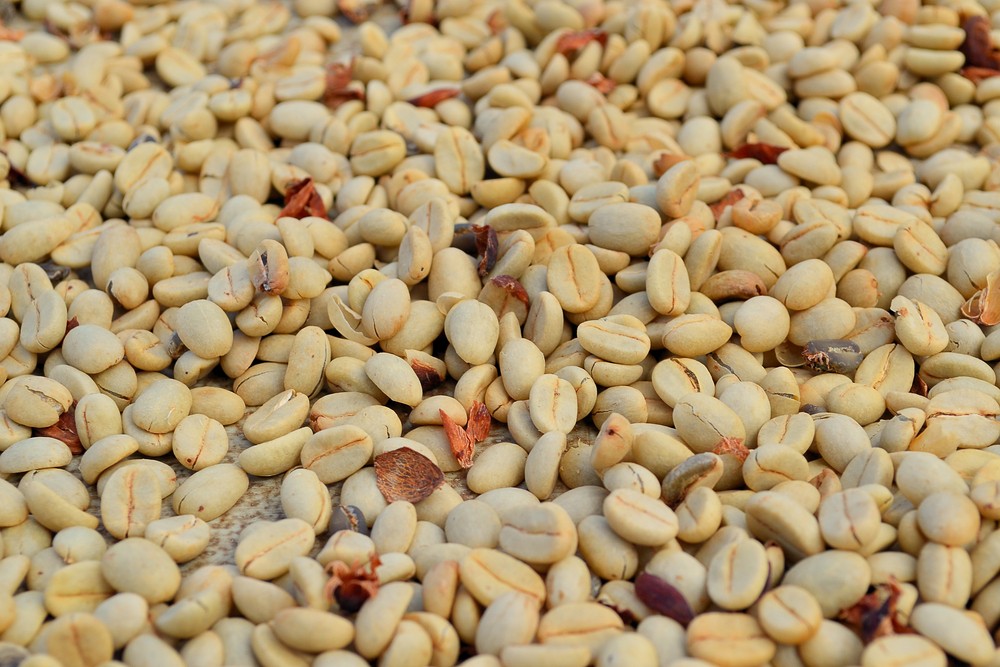
In Hawaii, harvested coffee cherries are carefully selected using a washed process. After removing the pulp, the fruit is fermented for 12 to 24 hours, washed with water, and then dried in a Hoshidana for about 7 to 14 days.
The cultivated variety of Kona is Typica , but as it is a traditional variety with low disease resistance, it is easily damaged by diseases and pests, and its production has been decreasing in recent years.
Additionally, Kona coffee is graded into Extra Fancy, Fancy, Number 1, Select, and Prime, and anything lower than this cannot be called ``Kona Coffee.'' The graded green beans are rigorously checked for quality by the Hawaii State Department of Agriculture. A quality inspector inspects the coffee beans to see if they are of the same grade as the grading, and only for coffee beans that pass the grade will a "quality certificate" with the grade, code number, etc. written in each jute bag packed in the coffee beans be issued.
It is because of this strict control that the quality and brand of Kona Coffee are protected.
History of Kona Coffee
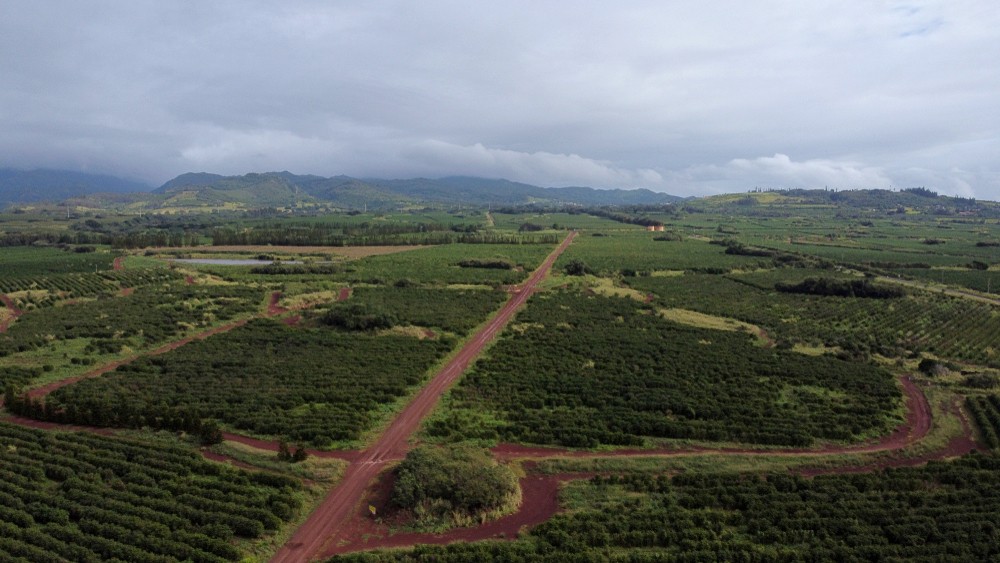
Kona's coffee plantation area, known as the coffee belt
Coffee trees were brought to Hawaii from Brazil in the first half of the 19th century. It was first brought to Oahu and later to Hawaii and Kauai. It is said that it was first planted in the Kona area in 1828 by Pastor Samuel as an ornamental.
The Kona area was not suitable for the cultivation of sugarcane, which was the main industry at the time, and coffee cultivation gradually began to take place. , is said to have established Kona coffee as a brand.
In the 1900s, as many capitalists withdrew from coffee cultivation due to pest damage and the plummeting price of coffee, many Japanese immigrants took over coffee cultivation after completing their labor contracts on sugarcane plantations. They rented land from landowners in small units and cultivated coffee as a family.
In 1932, there are records that there were 1,000 coffee farms in Kona, 90% of which were managed by people of Japanese descent. After that, many people stopped growing coffee due to falling prices due to the Great Depression, but Kona continues to grow coffee on small, family-run farms to this day.
In addition, Japanese names still remain in Kona's coffee farms, such as the drying rack being called ``Hoshidana'' and the workshop being called ``Kuriba.''
Throughout its long history, Kona coffee has continued to be cultivated despite many changes.
Kona coffee is a representative coffee produced in the United States and is even used at White House banquets.
It is distributed as a rare coffee all over the world, including the United States and Japan.
Why not try Kona coffee at CROWD ROASTER ?
2024.1.2
CROWD ROASTER
If you want to enjoy coffee more deeply
" CROWD ROASTER APP"
Manabu at CROWD ROASTER LOUNGE
・Push notifications for article updates・Full of original articles exclusive to CROWD ROASTER
・Direct links to detailed information about green beans and roasters
App-only features
- Choose green beans and roasters to create and participate in roasting events・CROWD ROASTER SHOP: Everything from beans to equipment is readily available
・GPS-linked coffee map function


